Although we do not notice in the night sky, the planets move in the orbits, the comets appear and then disappear, everything happens quite slowly. You will see a fixed light that moves in the sky, not flashing, this is artificial satellite. Sometimes you see a bright light; This is a meteor or a floating star. So, sometimes what is the shift of the star we wish, sometimes we see in our dreams, how does it occur?
What is Star Slipment 🌠
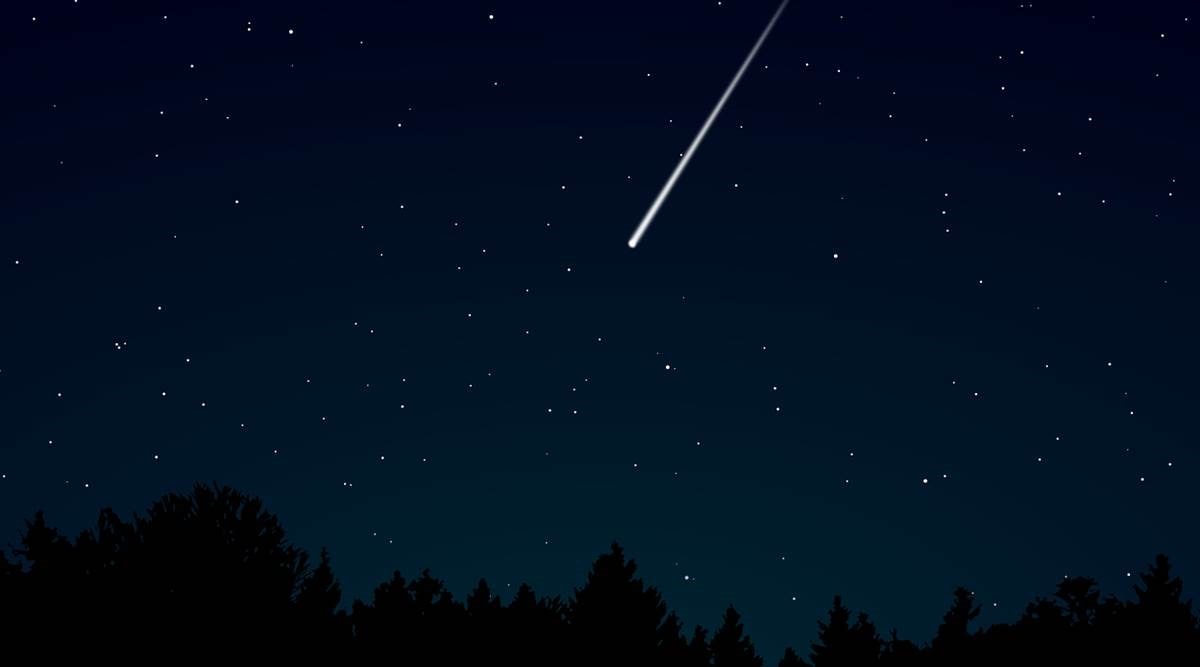 Although the sliding stars seem to have the same fascinating glow as the stars we see in the night sky, they are actually small pieces of rock or dust called meteoroids that hit the world atmosphere. The short and beautiful light trail that we see with a meteoroid progressing in the sky is called meteor. Meteors are things that people often call a sliding star.
Although the sliding stars seem to have the same fascinating glow as the stars we see in the night sky, they are actually small pieces of rock or dust called meteoroids that hit the world atmosphere. The short and beautiful light trail that we see with a meteoroid progressing in the sky is called meteor. Meteors are things that people often call a sliding star.Although planets and stars are the easiest things to see in the night sky, stars and planets are not the only things that float in space. There are also pieces of rock floating around at any moment. Some of these space rocks are as small as dust particles, some are as large as rock pieces. What can space dust have to do with sliding stars? The rocking star has nothing to do with the stars; Everything is associated with these small rock pieces.
Isn’t a burning rock falling in space dangerous? Usually not. Most meteoroids are only the size of a grain of sand and burns before reaching Earth. Very rarely, a part of the meteoroid can overcome the journey in our atmosphere and reach the surface of the world. When this happens, the rock that falls to Earth is called meteorite.
Several times a year, the Earth passes through the footsteps of dust and debris left by a comet on the orbit of the Sun. This comet trail is called meteor flow. When the world passes through a dusty meteor flow, hundreds or thousands of meteors arise. This is called meteor rain.
How does the star shift occur ☄️
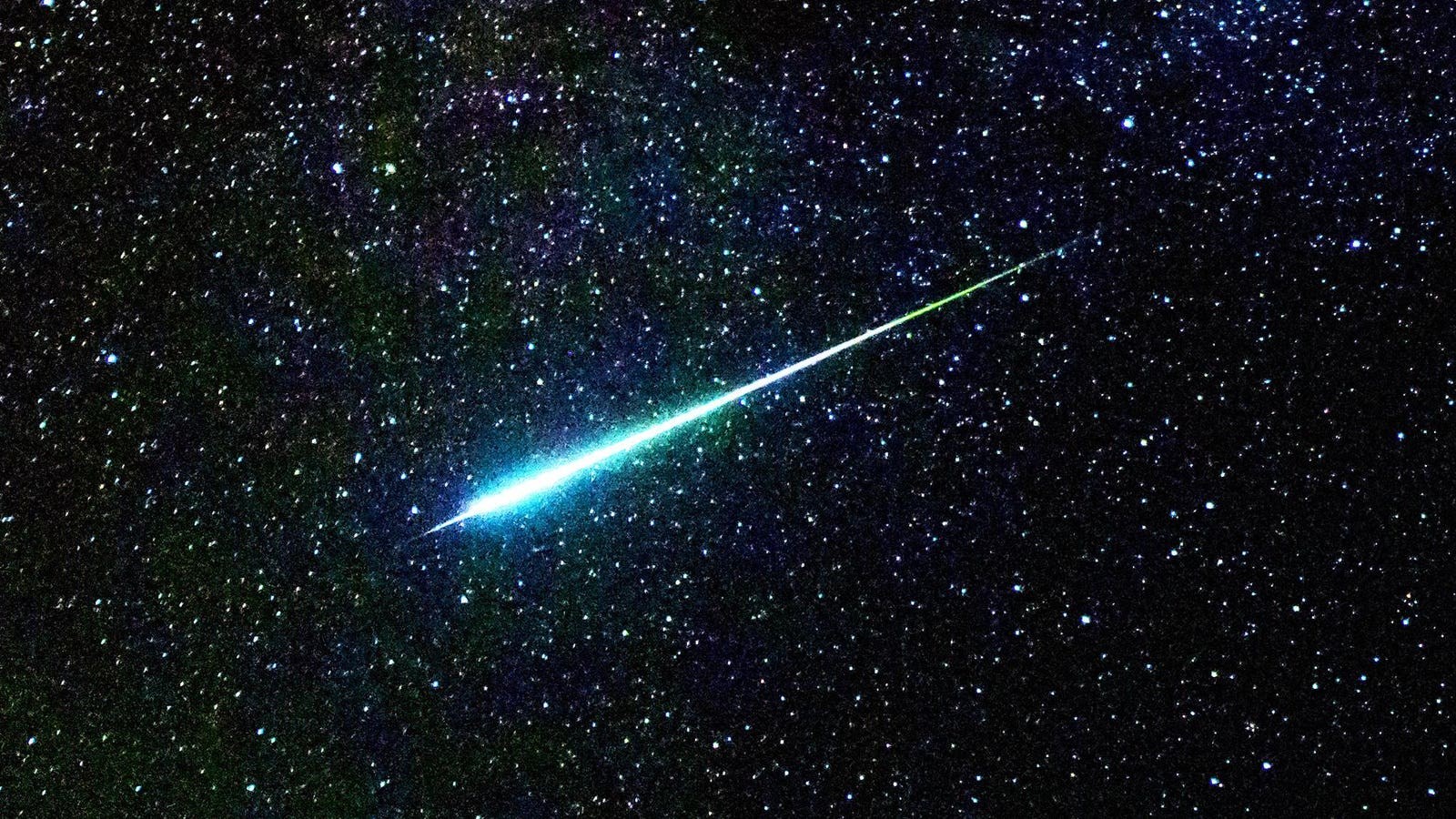 In the night sky, the sliding star is formed by a large speed of an object known as Meteoroid (40,000 to 200,000 km per hour) to the world atmosphere. When the Earth enters the atmosphere, the object forms a bright line in the sky because it warms up to the angry point due to friction with air molecules. This is called meteor. Slifting stars are not actually stars, it is an atmospheric phenomenon known as meteor. Meteors vary from 1 millimeter to 1 meter or a larger in diameter and consist largely of iron and nickel alloy and silicate minerals.
In the night sky, the sliding star is formed by a large speed of an object known as Meteoroid (40,000 to 200,000 km per hour) to the world atmosphere. When the Earth enters the atmosphere, the object forms a bright line in the sky because it warms up to the angry point due to friction with air molecules. This is called meteor. Slifting stars are not actually stars, it is an atmospheric phenomenon known as meteor. Meteors vary from 1 millimeter to 1 meter or a larger in diameter and consist largely of iron and nickel alloy and silicate minerals.How common it is to see a rocking star 🔭
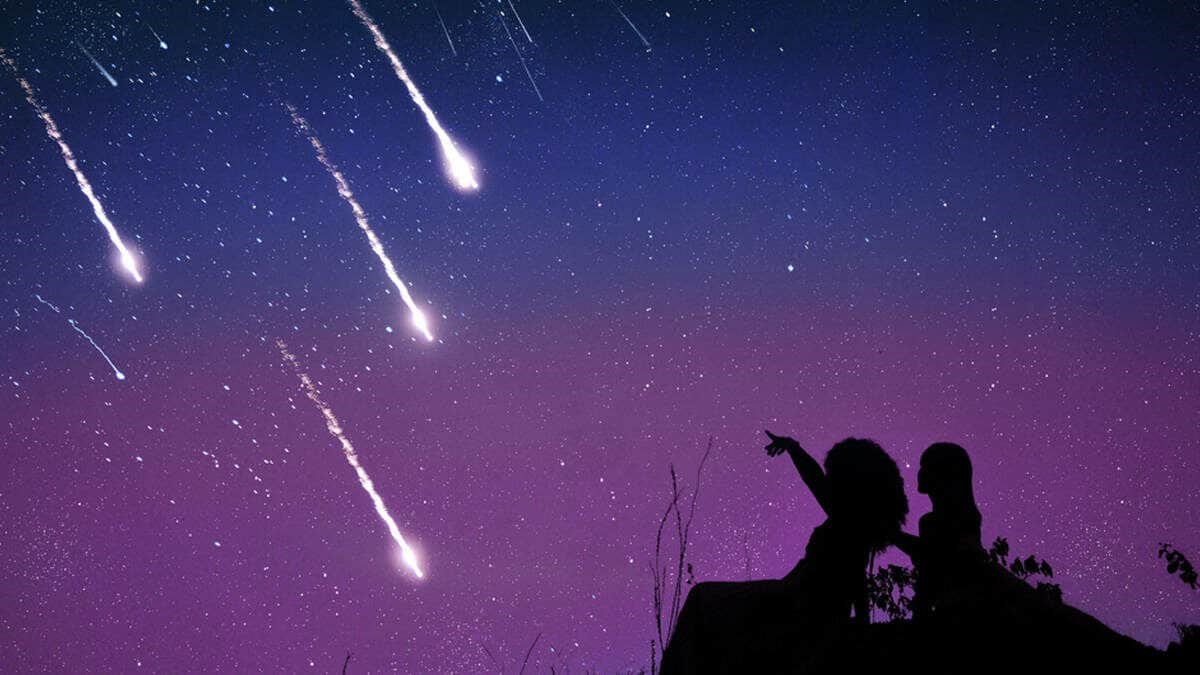 Slier stars are very common. Rock pieces from space regularly enter the world atmosphere and consist of about 1 million -sliding stars worldwide every day. The sky must be open to try to see the rocking star. The best way to see star shift is to look at a point of the sky for about 20 minutes. Usually there are two sliding stars per hour, but the best time to see them occurs during the meteor rain. The reason for this; that there is much more stars in the sky than usual. Slifing stars occur during the day, but at night is seen more clearly in the sky.
Slier stars are very common. Rock pieces from space regularly enter the world atmosphere and consist of about 1 million -sliding stars worldwide every day. The sky must be open to try to see the rocking star. The best way to see star shift is to look at a point of the sky for about 20 minutes. Usually there are two sliding stars per hour, but the best time to see them occurs during the meteor rain. The reason for this; that there is much more stars in the sky than usual. Slifing stars occur during the day, but at night is seen more clearly in the sky.What are the types of slides 💫
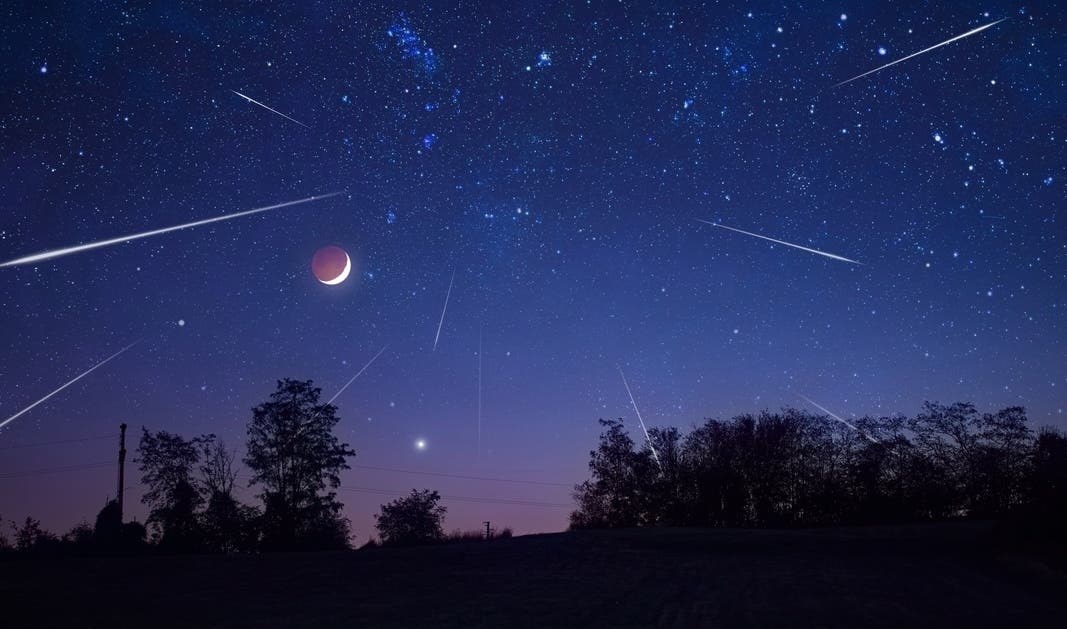 What is the difference between meteor, meteoroid and meteorite? They can all mean a sliding star, but their definitions vary depending on where they are.
What is the difference between meteor, meteoroid and meteorite? They can all mean a sliding star, but their definitions vary depending on where they are.- Meteoroids are parts of space powder. We call them meteoroid only when they are in space, and their size can vary from small sand grains to large asteroids.
- Meteors are meteoroids formed after entering and burning into the atmosphere of the planet. These are also called sliding stars or fire balls.
- Meteorites are rocks that managed to reach the base of the planet after passing the atmosphere. These are much more rare than meteoroids and meteors.
Some Facts About Shooting Stars 😮
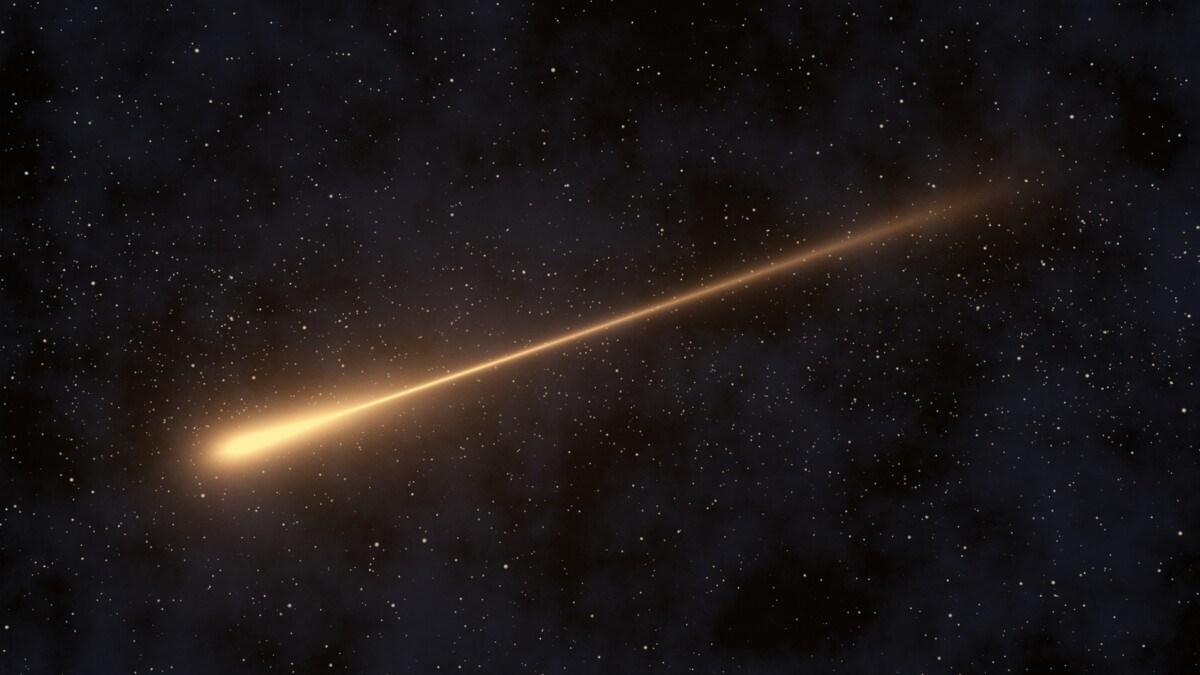
- Shooting stars have nothing to do with the stars.
- Slifting stars are caused by the space rock in the atmosphere of the planet and burns.
- Stir stars can be of different colors due to the minerals contained in the rock.
- The best time to see the sliding stars is night, but they can happen at any time.
- Scientists are useful for scoring stars because the weather helps the Earth to learn more about the atmosphere and space objects.
- Slifing stars fall down as they fall from the world atmosphere.
- The rocking star can move in the atmosphere at speeds up to 48.280 kilometers per hour.
- Slifing stars can rise up to 1648 degrees Celsius during the combustion. They can also create fire balls.